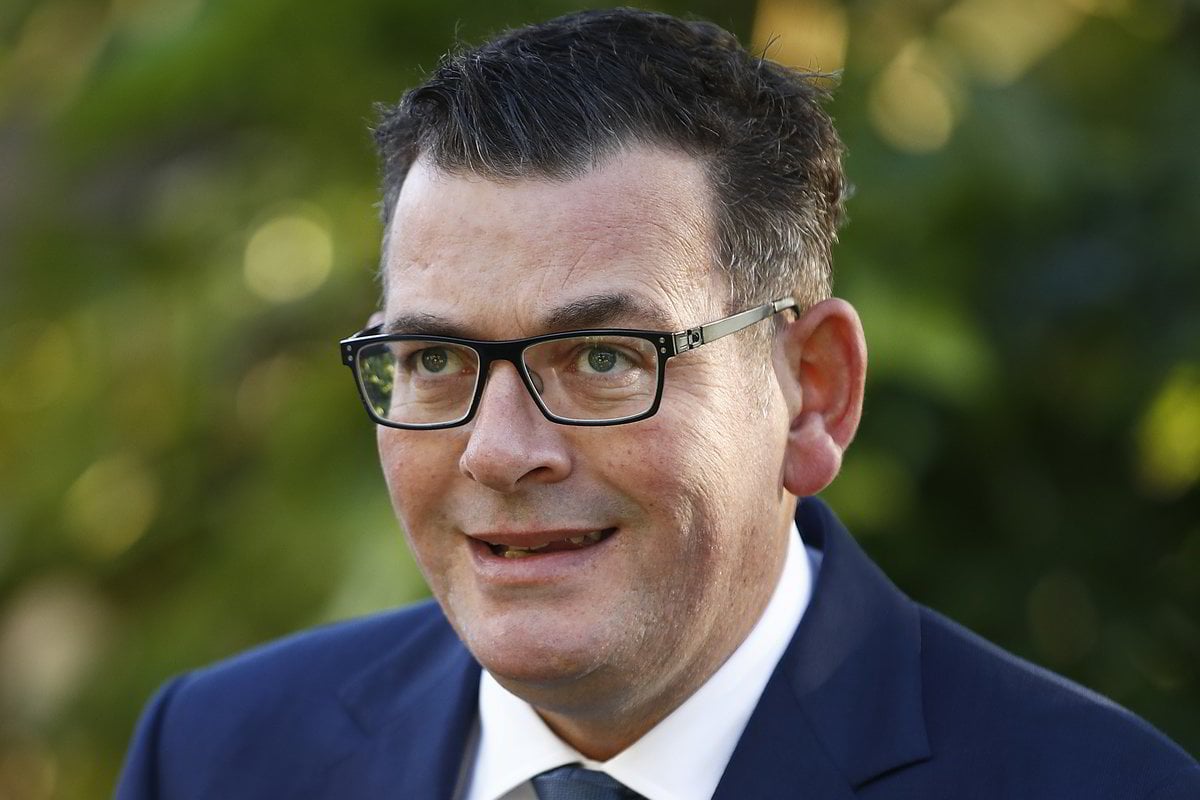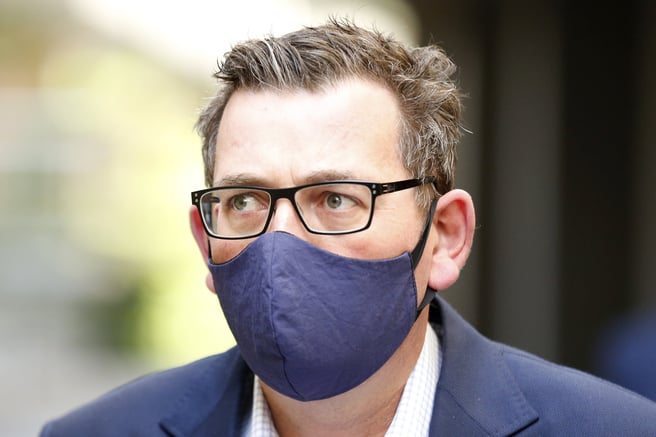
Melbourne's stage-four lockdown is due to end in 12 days, with Victorian Premier Daniel Andrews expected to outline the roadmap out of stage four lockdown on Sunday.
It comes as the state's disastrous second wave of COVID-19 is showing promising signs of containment. On Tuesday, Victoria recorded 70 new cases of coronavirus in the past 24 hours, which is the lowest increase since July 3. There were also five more deaths as a result of the pandemic.
Although specific details have not yet been released by the government, Andrews has told us tidbits of information that provide a preliminary understanding of what the next few months for Melbourne look like.
"We will defeat this second wave, and if we do it properly, and we will, with a phased, appropriate, safe and steady opening up, then we will avoid a third wave," Andrews said during Monday's daily press conference.
"We will avoid again losing control of this virus, seeing thousands of people in hospital and hundreds of people losing their lives."
Here's everything we know about the roadmap out of stage four for Melbourne.
Could stage four lockdown be extended?
Daniel Andrews has not ruled out the possibility of extending stage four lockdown.
"We can’t rule out settings in two weeks’ time,” he said on Monday. “It is very difficult to know what those settings will be. They have to be guided by the data, the science and the very best medical advice.”

